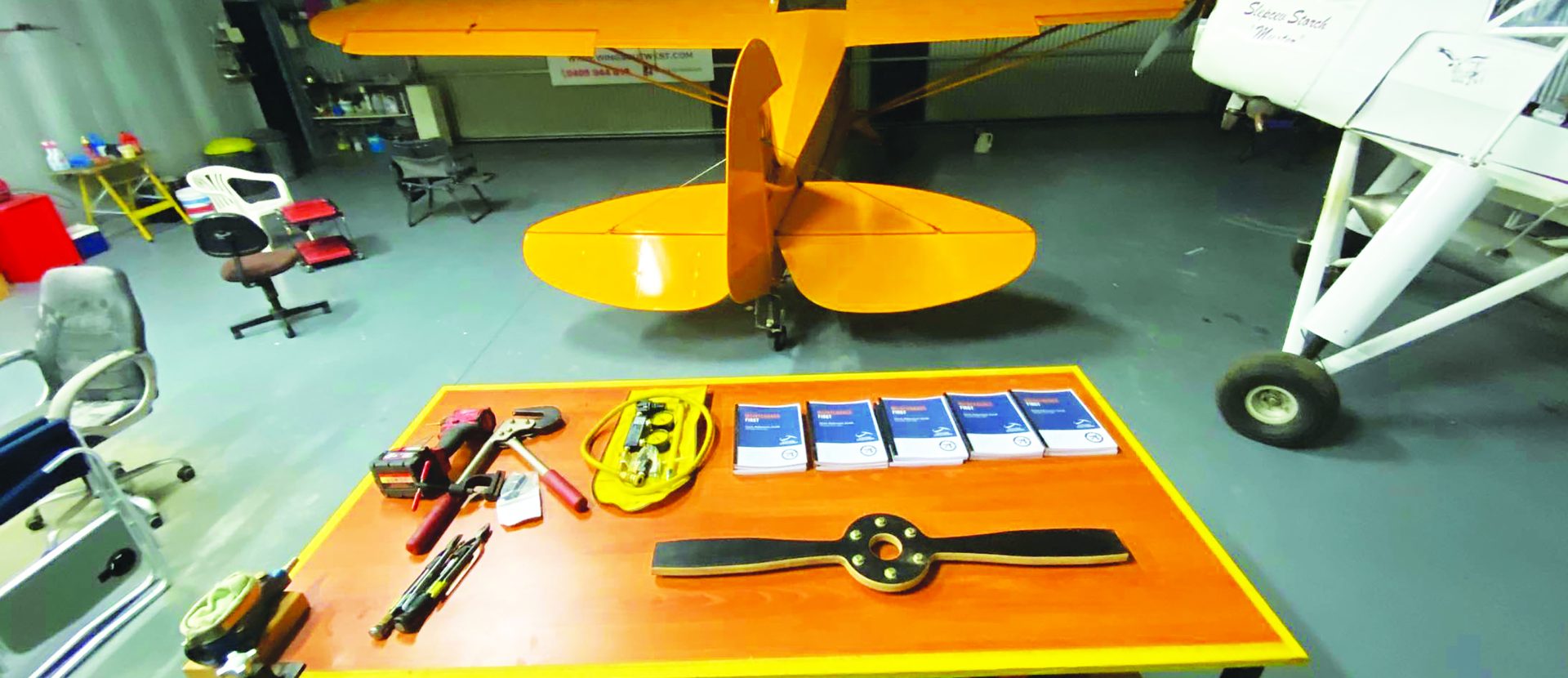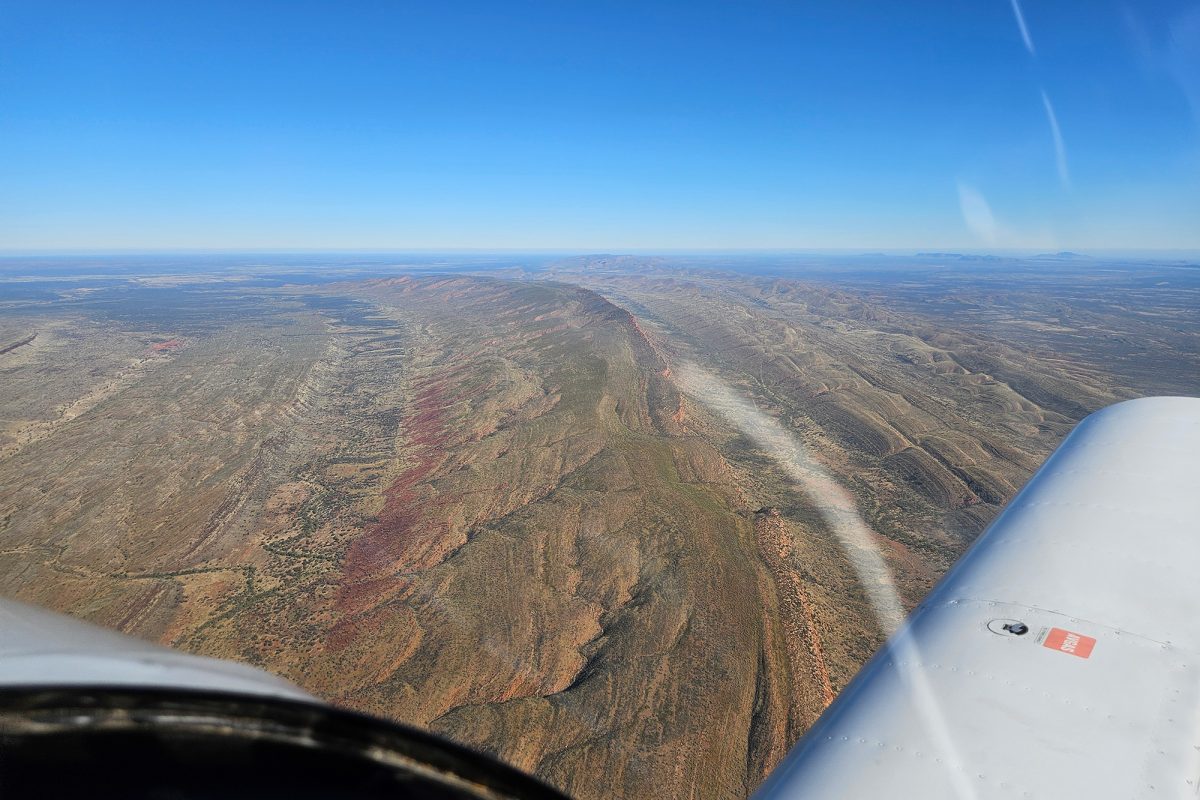THE PERFECT TIME TO GET ON TOP OF YOUR RESPONSIBILITIES
All aircraft require maintenance over time. The different systems and structures within an aircraft have specific maintenance tasks that need to be performed to support their operation. The Australian winter period is generally a preferred time to complete annual maintenance requirements due to reduced favourable flying weather.
Throughout the year, RAAus randomly reviews aircraft maintenance logbooks. Too often, the team finds nothing has been rectified on a machine. It’s tempting to interpret this as “They never have any issues, must be exceptionally well built! Everybody should own one of these!”. This is simply not the case. If there’s one certainty of aircraft ownership, it’s that aircraft require maintenance. Things break and they are repaired. Put it in the logbook.
We see that 25, 50 and 100 hourly inspections are carried out and recorded quite consistently, but also that they rarely result in the identification and/or rectification of issues. It is much better to have a filled logbook than an empty one, especially when it comes to resale time. Prospective buyers want to see what problems were identified and fixed. Owners that care for their logbooks are owners that most likely have cared for their aircraft. Section 12.5 of the RAAus Technical Manual relates to aircraft logbooks. Owners can find what information a logbook must contain, together with many examples of logbook entries.
A recent survey sent to RAAus Level 2 maintenance holders asked their opinion on the condition of ownermaintained RAAus aircraft. The response revealed the fleet to be in satisfactory to good condition. The area that required the most improvement was logbook compliance, especially compliance relating to Airworthiness Directives (AD’s), CAO 100.5 tasks, and Service Bulletins (SB’s).
It’s very important to complete research on your aircraft, to find what bulletins are applicable. Unlike the general annual inspection (where you are hands-on checking the condition of your own machine), an AD or SB has been released because other aircraft have been found to be defective. They notify such things as cracking, breaking, wearing or loosening of parts, instructing you to inspect your aircraft for the same issue. An AD or SB is a signal that an identified issue is important and requires action.
These ADs and SBs usually originate from defect reports submitted by aircraft owners and maintainers. It may not be the most enjoyable activity, but its benefits are widely accepted, including:
- Long-term improvement in design, manufacturing and maintenance standards;
- Timely airworthiness control and advice for the aircraft fleet;
- Focusing attention on key elements of the how, why, what and when of the defect, prompting you to think about how to stop it happening again.
Thousands of defects are investigated and corrected every day as a matter of normal safety management, however every so often, a “major defect” comes up. These defects must be reported for further assessment and possible action to prevent recurrence, and to provide a record to help detect trends.
The database can be an effective tool in helping achieve safety goals, but only if information provided is accurate, comprehensive and timely. As the common phrase goes; if there’s rubbish in, there’s likely to be rubbish out.
The effectiveness of the system relies heavily on you, the aircraft owners and maintainers who experience problems. It can be quite difficult and time consuming to assess reports which have only “it broke” details.
The RAAus Technical Manual describes what information should be included in a defect report:
a. Aircraft registration, type, model and serial number to which the defective item was fitted. The location of the item on the aircraft is to be specified;
b. Name and description of the defective item;
c. Description of the defect (include sketches and photographs);
d. History of use of the item including age, hours operated, conditions of use and of storage;
e. Item’s manufacturer;
f. What corrective action was taken; and
g. Any recommended inspection, replacement or repair actions for other operators.
As mentioned above, reports are often received with a brief “it broke” report and little else, or a detailed report on what happened as a result of the defect, description of weather encountered, what their mate said, damage to the propeller and engine, but completely omitting a description of the defect found to have caused the problem, and no opinion on what is thought to have caused the problem.
Upon enquiry, we usually find that all proper corrective and preventative actions have been undertaken, but this information is completely missing in the report. Please remember to advise an informed opinion on what you think the cause of the problem most likely is, according to the evidence and any other causal factors you observe. Pictures also speak a thousand words, it’s a very effective way of adding value to a defect report.
The winter period is the perfect time to research and keep up to date with your aircraft maintenance. Flying is all about confidence both in yourself and your aircraft. Ensuring your maintenance and aircraft logbook is compliant goes a long way to giving you confidence that your aircraft is up to the task. When defects are found, take the time to share your findings by reporting it at oms.raa.asn.au. Thanks for your help.







